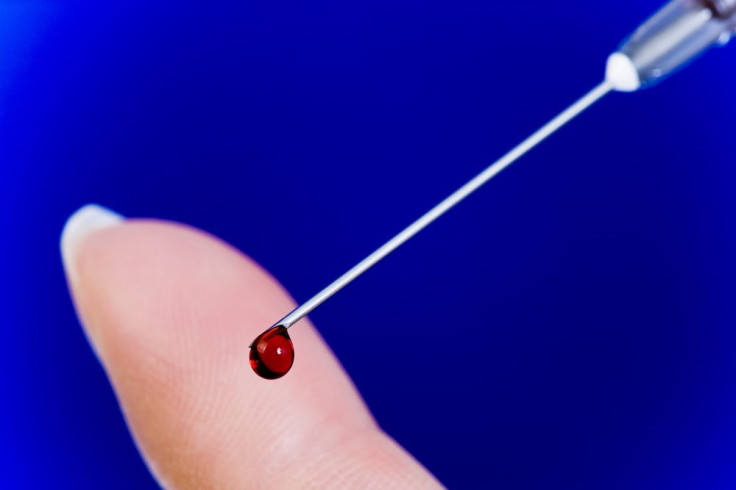Biosensor Used For Detecting Cholera May Soon Also Spot Cancer In Only A Few Minutes

Our ability to treat cancer is largely limited by our inability to detect its presence. In order to overcome this obstacle, researchers at Trinity College Dublin are engineering a super-sensitive biosensor tool capable of picking up even the smallest presence of cancer within minutes.
The Surface Plasmon Resonance (SPR) sensor is a thin strip of material that has a distinct reaction when it makes contact with blood from a sick patient. The technology has been around for years and has previously shown success in the rapid detection of cholera infections. However, as explained in a study now published in the Journal of the American Chemical Society, the tool’s ability to detect cancer was only made possible after scientists added graphene, a pure form of carbon, to the prototype’s design.
“We showed experimentally that simply the addition of graphene led to a clear increase in the sensor signal,” said Dr. Georg Duesberg, a researcher involved in the study, in a statement. “This type of sensing platform offers a large variety for medical diagnostics, since it can be adapted to almost any type of disease markers.”
Graphene is an ultra-thin material that’s no thicker than a single atom. It’s the core material used in many devices, including CDs and computer monitors, The Latest News reported. Along with its digital potential, graphene is also able to adhere to biomarkers or toxins that certain types of cancers produce.
Biomarker is an umbrella term used to describe an indicator of biological processes occurring in the body. For example, the body sometimes releases biomarkers in response to certain medications, indicating they work. Cells will also release biomarkers in the presence of bacterial infections to prompt the immune system to act. In terms of cancer, biomarkers are often molecules that tumors secrete, and they’re often specific to certain types of cancer. They help doctors determine not only the presence of cancer, but also how far the disease has advanced and how it may respond to different forms of treatment. It is these molecules that the SPR sensor can detect.
The SPR sensor is not the first tool to use biomarkers to detect and diagnose cancer. Researchers are currently working on different types of blood tests, urine tests, and breathalyzers, to detect cancer biomarkers as well. While this method of detecting cancer may not be new, the speed and accuracy in which it works is what makes it so groundbreaking. In addition, the SPR sensor only requires a tiny drop of blood, whereas current cancer-detection tests needed vials of blood in order to make an accurate reading.
“Because of the sensitivity, apart from faster results, it could more easily detect smaller amounts of biomarkers, thus providing earlier diagnosis and prognosis of conditions such as cancer,” said Dr. Andreas Holzinger, another researcher involved in the study, in the statement.
Although the SPR is still in its developmental stages, it is already being hailed as an important innovation in medical diagnoses. The device has already detected biomarkers for cholera without error, and, as the authors wrote in the current study, “there is no reason why this method could not be used in any other chemistry or other toxins.”
Further research and development is necessary before this technology can be made available to the public, but based on the results of this study, scientists are hopeful that near-instant cancer diagnoses will be possible in the not-so-distant future.
Source: Singh M, Holzinger M, Tabrizian M, Winters S, Berner NC, Cosnier S, Duesberg GS. Noncovalently Functionalized Monolayer Graphene for Sensitivity Enhancement of Surface Plasmon Resonance Immunosensors. Journal of the American Chemical Society. 2015.



























